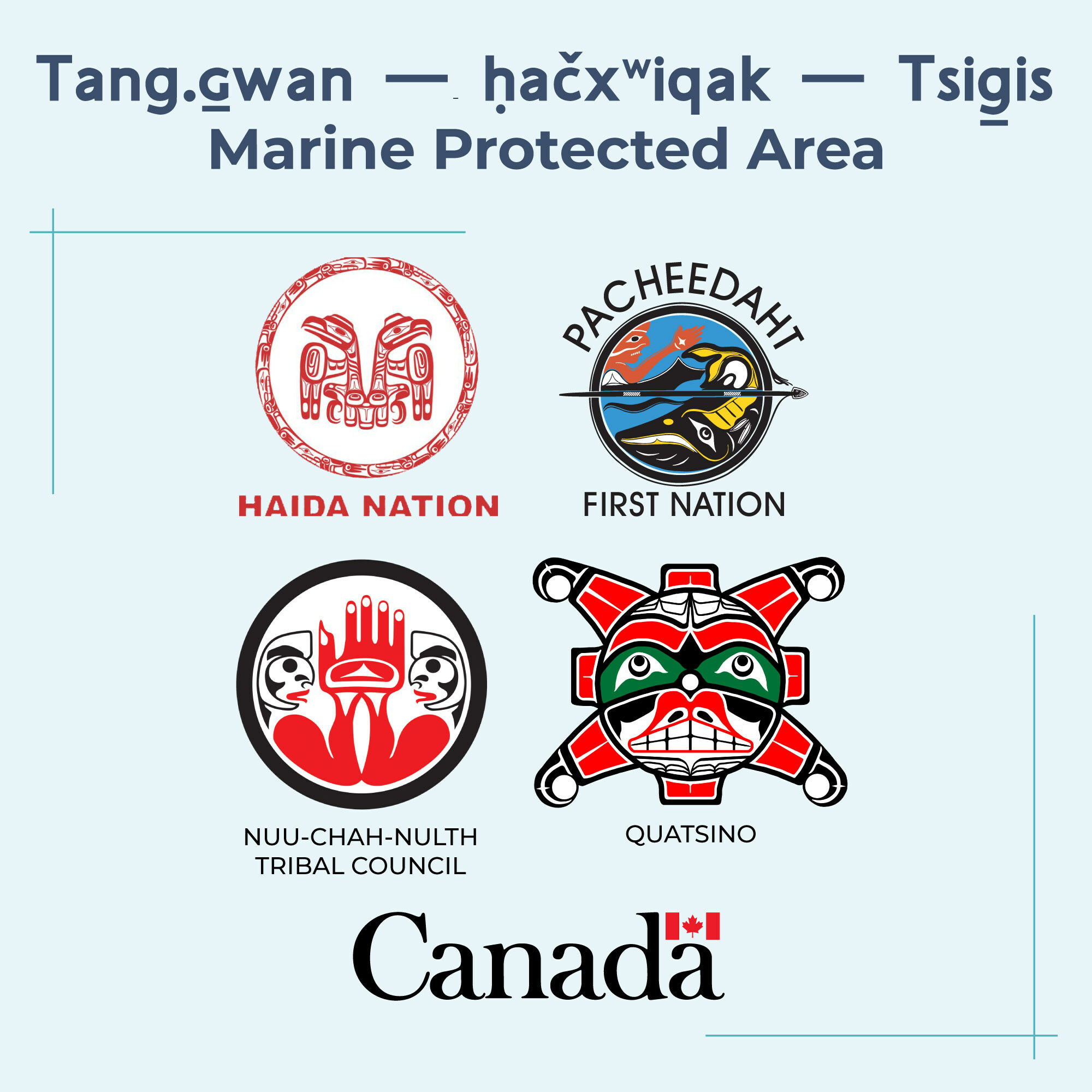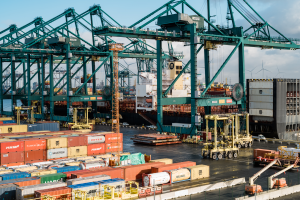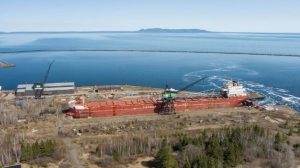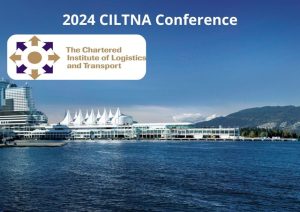Vancouver – At the Fifth International Marine Protected Areas Congress (IMPAC5) in Vancouver, the Honourable Joyce Murray, Minister of Fisheries, Oceans and the Canadian Coast Guard together with the Council of the Haida Nation, Nuu-chah-nulth Tribal Council, Pacheedaht First Nation and Quatsino First Nation announced progress on the proposed Tang.ɢwan — ḥačxwiqak — Tsig̱is Marine Protected Area (MPA), a large ecologically unique ocean area located on average 150 kilometres off the west coast of Vancouver Island.
Covering 133,019 square kilometres, the proposed Tang.ɢwan — ḥačxwiqak — Tsig̱is MPA is home to extraordinary seafloor features, including more than 46 underwater mountains, known as seamounts, and all known hydrothermal vents in Canada. These deep-sea biological “hotspots” are globally rare and support deep-water species unique to this area.
A Memorandum of Understanding (MOU) agreement has been reached between Canada and the Nuu-chah-nulth Tribal Council, the Council of the Haida Nation, Pacheedaht First Nation, and Quatsino First Nation to cooperatively manage the proposed new MPA – a historic step in a multi-year process by Canada and First Nations to protect this important space. Formerly known as the Offshore Pacific Area of Interest, this deep-water ocean area was first identified for protection in May 2017 and measures to prevent certain fishing activities were subsequently put in place.
àDesignating the proposed Tang.ɢwan — ḥačxwiqak — Tsig̱is MPA under Canada’s Oceans Act would strengthen marine protection for the area by using zoning to refine fisheries management measures and expand prohibitions to include activities that pose a risk to the protection of the unique seafloor features, including oil and gas activities, deep sea mining and other activities subject to the MPA protection standard. Draft regulations for the MPA will be pre-published in Canada Gazette Part 1, on February 18th, for a public comment period of 30 days.
The new name for the proposed MPA consists of a Haida word meaning “deep ocean” (Tang.ɢwan), a Nuu-chah-nulth and Pacheedaht word meaning “deepest part of the ocean” (ḥačxwiqak) and a Quatsino word referring to a “monster of the deep” (Tsig̱is). It represents the strong connections and shared values between partner First Nations and recognizes their intimate connection to the marine environment.
The Tang.ɢwan — ḥačxwiqak — Tsig̱is MPA would replace the existing marine refuge when designated and would contribute an additional 0.88 per cent to Canada’s marine conservation target of conserving 25 per cent of Canada’s marine and coastal areas by 2025, making it the largest MPA designated under the Oceans Act to date.
(Image from Fisheries and Oceans Canada)





